Being a director of a museum is, unsurprisingly, busy work. In between management, fund-raising, working with curators, and everything else, directors donÔÇÖt often look back and, well, reflect. And they rarely share the reason why they got into this game in the first place ÔÇö the art. SEEN recently interrupted their chaotic schedules to find out, firstly, the first work of art that made an impression on them, and secondly, the piece of art currently in their museumÔÇÖs collection that they canÔÇÖt get out of their heads. Reading their answers below ÔÇö which are thoughtful, precise, and surprising ÔÇö it comes as no surprise that they are at the top of their field. ┬á┬á
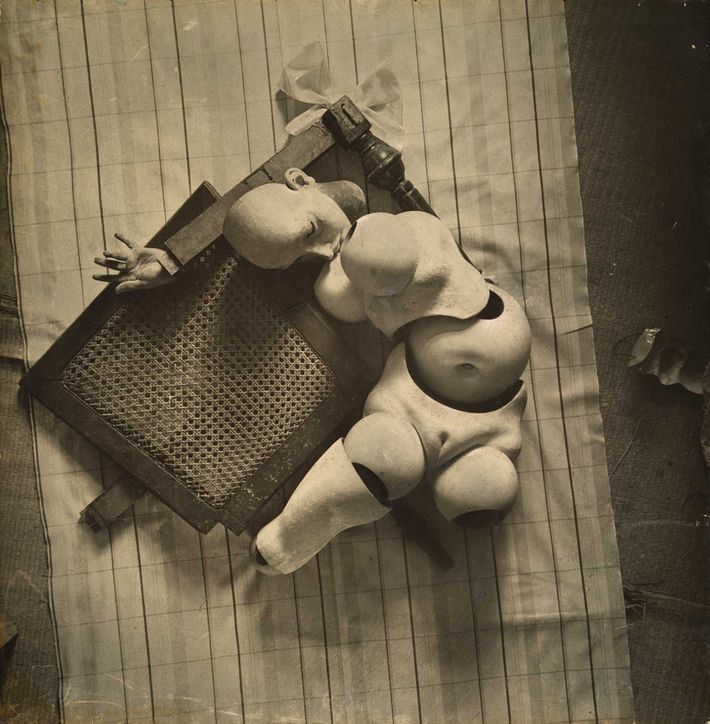
Doulgas Druick
Art Institute of Chicago
Chicago, Illinois
What was the first work of art that left an impression on you?
I was 15 when I had my first eureka moment in front of a work of art. I was visiting an exhibition on Van Gogh at the Montreal Museum of Fine Arts in 1960. The show contained, as I would later realize, many iconic works. But it was a single painting ÔÇö The Pink Peach Tree ÔÇö that stopped me in my tracks. I realized for the first time that the ambition of art goes beyond simply recording nature. The painting was more than just an image of a tree in bloom in springtime ÔÇö it felt like spring; it almost smelled like spring. Above all, it powerfully communicated the joy and vitality of spring. It was a moment of realization ÔÇö and excitement ÔÇö that has stayed with me all my life.
What is one work in your museumÔÇÖs collection that you revisit most?
The Art Institute recently acquired one of Hans BellmerÔÇÖs rare, large-scale surrealist Doll photographs from 1935. It is a remarkably potent work, at once grotesque and hauntingly beautiful. The scale of the subtly hand-painted print, approximately two feet by two feet, was unprecedented in its time and lends the image a shocking presence. ItÔÇÖs a work that, once youÔÇÖve seen it, is hard to shake.
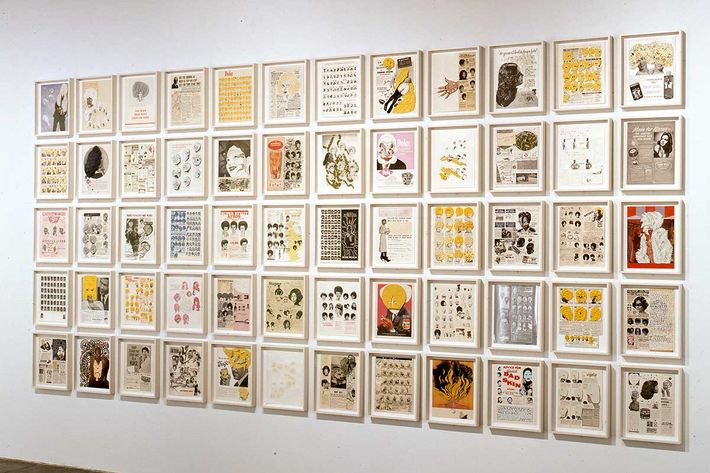
Thelma Golden
Studio Museum Harlem
New York, New York
What was the first work of art that left an impression on you?
I grew up with these amazing Inge Hardison reproductions in my home. My parents were familiar with HardisonÔÇÖs work and collected a series of mail-order reproductions of her busts of famous African-Americans. Hardison ÔÇö who turned 100 this year! ÔÇö calls the series, begun in 1963, ÔÇ£Negro Giants in HistoryÔÇØ: Harriet Tubman, Frederick Douglass, W.E.B DuBois, and more. We displayed them in a place of honor on the piano throughout my childhood, and I continue to have the DuBois bust in my home today. They were touchstones that influenced my early thinking about the power and possibility of representations of people of African descent.
What is one work in your museumÔÇÖs collection that you revisit most?
Ellen GallagerÔÇÖs amazing work DeLuxe (2004ÔÇôÔÇÿ05) is one of the many treasures of the Studio MuseumÔÇÖs collection, and IÔÇÖm so thrilled that it is currently on view in our exhibition ÔÇ£Speaking of People: Ebony, Jet and Contemporary Art.ÔÇØ The work is a grid of 60 prints riffing on and remixing the visual and verbal content of vintage cosmetic advertisements targeted at African-Americans. EllenÔÇÖs vibrant combinations of painting, printmaking, collage, and sculpture continually reveal new perspectives and details with each and every viewing.
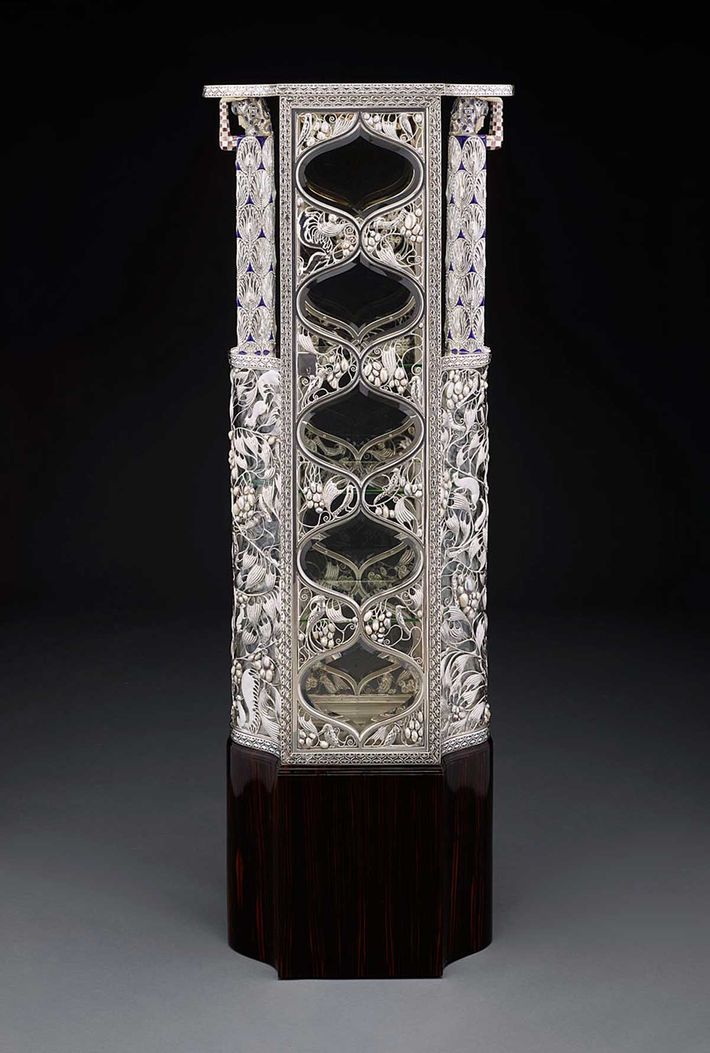
Max Anderson
Dallas Museum of Art
Dallas, Texas
What was the first work of art that left an impression on you?
Growing up in Manhattan, I often visited the Met as a schoolkid.┬áAnd while I canÔÇÖt remember a specific work that set me on a lifeÔÇÖs path, I always relished visiting the Arts & Armor collection and imagining myself clanking around, decked out in finery.
What is one work in your museumÔÇÖs collection that you revisit most?
The Wittgenstein Vitrine, recently acquired by the DMA, is a 180-pound tower of sterling silver, studded with semi-precious stones and luxurious ornament throughout. The finest surviving example of the Wiener Werkstaette, it will henceforth rank among the top works of art in the United States. It fairly cries to be touched, which would not be a great idea after eight months of painstaking conservation.
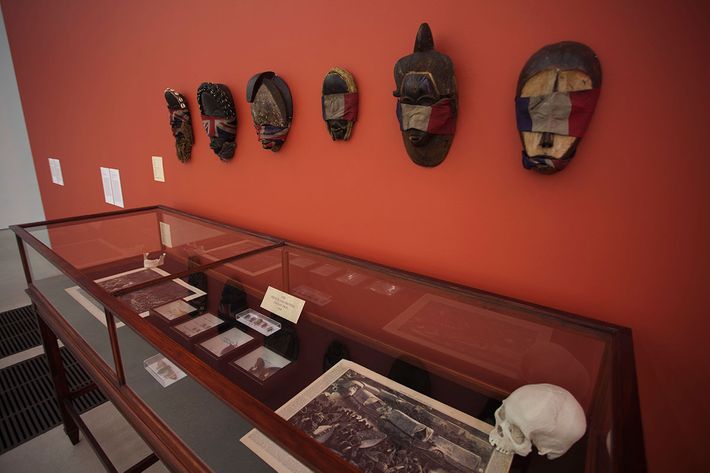
Thom Collins
Peres Art Museum Miami
Miami, Florida
What was the first work of art that left an impression on you? 
My father is an Americanist social historian by profession and also a talented artist. His child-care strategy on weekends my mother worked at a local Philadelphia hospital involved many trips to the cityÔÇÖs great museums and collections. I couldnÔÇÖt have been older than 4 or 5 when he introduced me to Horace PippinÔÇÖs painting┬áSupper Time┬á(c. 1940) in the collection of the Barnes Foundation. He took pains not only to explain the picture stylistically but also to describe it as a representation of a particular aspect of African-American experience with contemporary relevance. Both his explanation of the imageÔÇÖs compelling aesthetic and that the picture could be understood as a gateway to a distant historical moment really stuck with me ÔÇö and have no doubt shaped my own practice as an art historian and curator.
What is one work in your museumÔÇÖs collection that you revisit most?
The PAMM curators have included Fred WilsonÔÇÖs┬áAddiction Display┬á(1991) in the recent reinstallation of our permanent collection. In a vitrine designed to look like a display case from a natural history museum, the artist presents both pre-Columbian artifacts and drug paraphernalia associated with the production, distribution, and use of cocaine. In characteristically pointed fashion, Wilson denaturalizes the museum project and lays bare problematic dynamics that have shaped and continue to shape it. Here he does this by drawing an analogy between the drug trade and the similarly exploitative and problematic trade in illegally exported cultural artifacts from Central and South America, in which North American museums have been complicit.
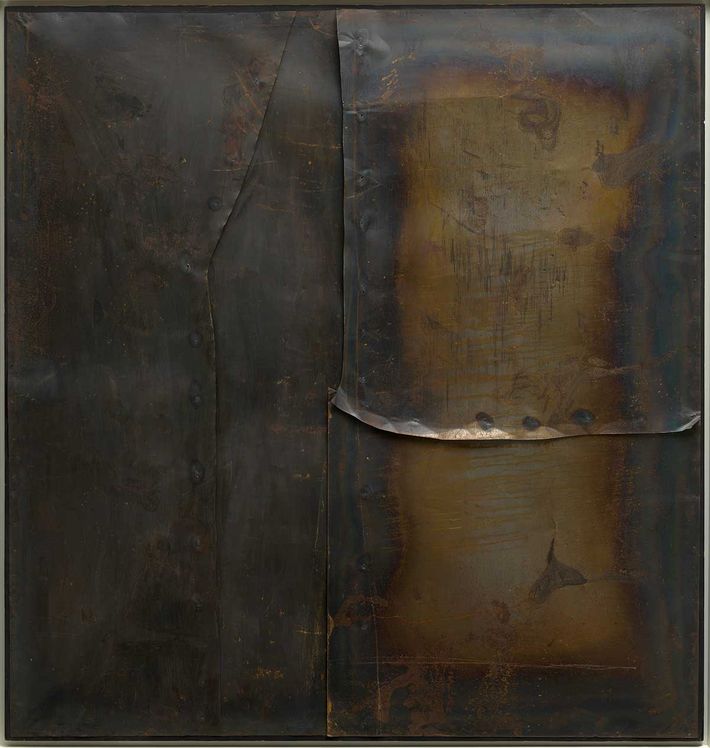
Richard Armstrong
Guggenheim Museum of Art
New York, New York
What was the first work of art that left an impression on you?
A painting by Arthur Dove I saw as a teenager at the Phillips Collection.
What is one work in your museumÔÇÖs collection that you revisit most?
Untitled (1959) by Alberto Burri, which I look at every day in my office in anticipation of the Burri retrospective at the Guggenheim (which opens October 9, 2015 through January 6, 2016).
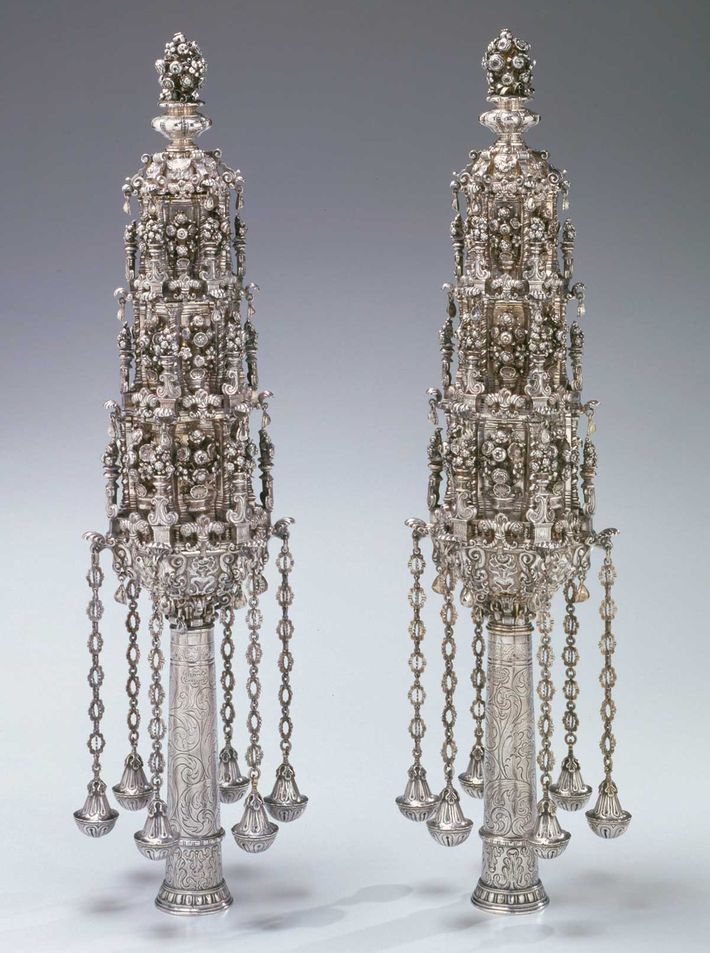
Claudia Gould
The Jewish Museum
New York, New York
What was the first work of art that left an impression on you?
I saw Robert RauschenbergÔÇÖs┬áMonogram┬á(1955ÔÇôÔÇÿ59) in a traveling retrospective of his work while studying art history in college. I had seen a few of his pieces previously, but this one stuck with me. I turned a corner and stopped in my tracks when I saw a goat inside of a car tire, sitting on top of a collage. I had never seen anything like it and was truly inspired. Now, as director of the Jewish Museum, I am proud that we presented RauschenbergÔÇÖs first retrospective in 1963, where┬áMonogram┬áwas a centerpiece. I can only imagine how startling it must have been to see it 15 years earlier than I did.
What is one work in your museumÔÇÖs collection that you revisit most?
A pair of 17thÔÇô18th century Italian silver Torah finials, which are ornamental tops for Torah scrolls. They are exquisitely beautiful objects ÔÇö you can see similar lavish details and the richness of decoration in other fine Italian Baroque metalwork, as well as some elaborate pieces of jewelry.
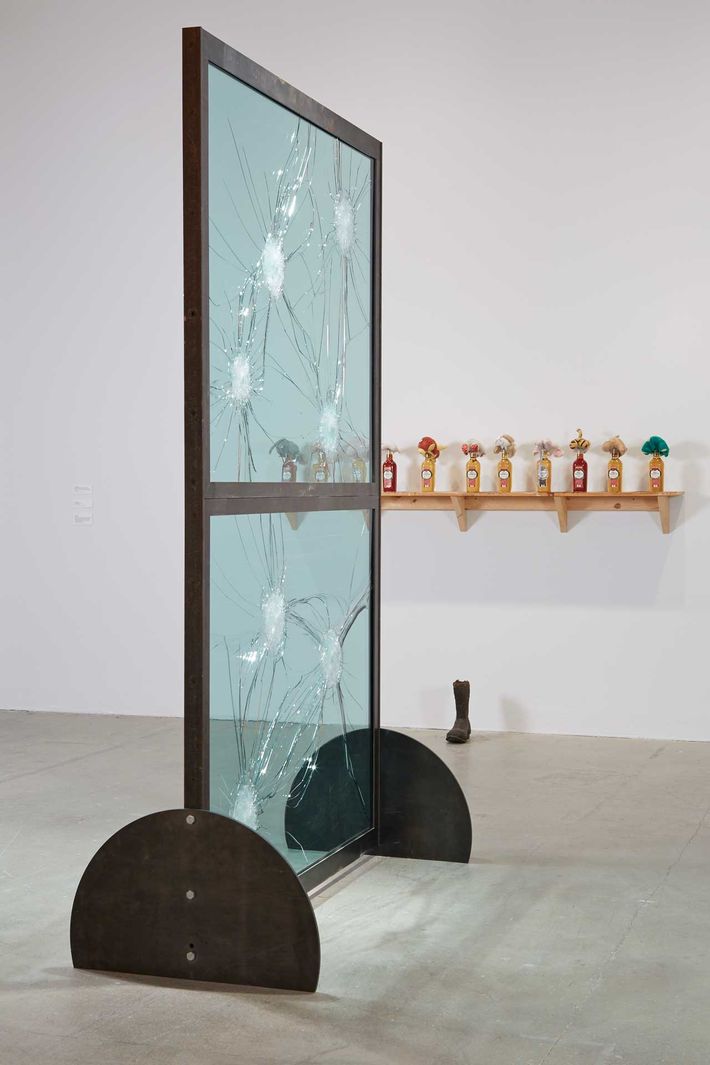
Amy Sadao
Institute of Contemporary Art
Philadelphia, Pennsylvania 
What was the first work of art that left an impression on you? 
Coming from Southern California,┬áI┬áhave substantial memories of exhibitions Paul Schimmel produced for the Temp Contemp. Alternatively, William T. WileyÔÇÖs work and Roy De ForestÔÇÖs dogs always amused me.
I remember Isamu NoguchiÔÇÖs California Scenario Garden in Costa Mesa, an extraordinary public artwork for the California landscape. My uncle Shoji Sadao, an architect, worked on this project, and I was always impressed and intrigued about that collaboration.
What is one work in your museumÔÇÖs collection that you revisit most?
Jeanine OlesonÔÇÖs sculptures and opera in Hear, Here. The sculptures were utilized as props in a new opera at the New Museum last season. Extraordinary.
From ICAÔÇÖs own exhibitions, I find myself still considering the pairing of artists by Kara Walker for ÔÇ£Ruffneck Constructivists.ÔÇØ Specifically the work of Kahlil Joseph, Arthur Jafa, and Malik SayeedÔÇÖs Deshotten video. These videos were the central heartbeat of the exhibition. I think about how many people spent time in that space and with the works.
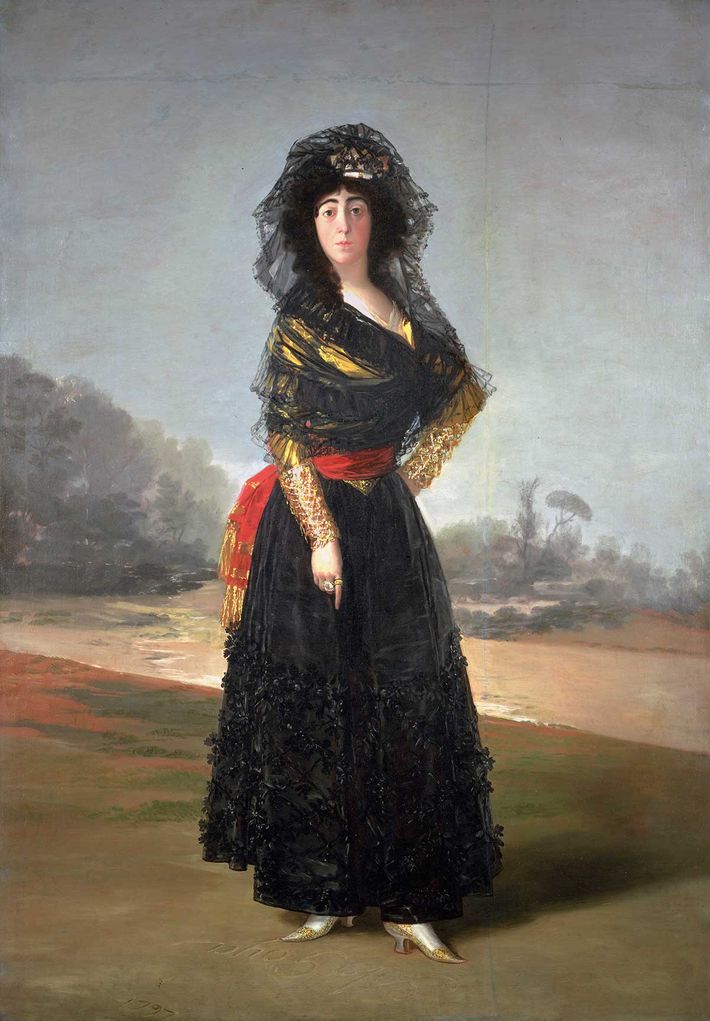
Malcolm Rogers
Museum of Fine Arts
Boston, Massachusetts
What was the first work of art that left an impression on you? 
I saw The Silver Swan automaton by John Joseph Merlin at the Bowes Museum in County Durham (UK) when I was about 6. It was the most marvelous object I had ever seen.┬áWhen wound up, the lifesize swan, swimming on crystal rollers, plays music and bends down to grab a fish ÔÇö never mind that swans donÔÇÖt eat fish!
What is one work in your museumÔÇÖs collection that you revisit most?
Our exhibition ÔÇ£Goya: Order and DisorderÔÇØ features The Duchess of Alba, an important loan from one of New YorkÔÇÖs treasures,┬áthe Hispanic Society of America. What a woman! The Duchess is such an intriguing characterization, and her perky exoticism is so strongly contrasted to her husband, the Duke of Alba (on loan from the Prado in Madrid). She points to the ground, where the words ÔÇ£Solo GoyaÔÇØ appear, implying that ÔÇ£Only GoyaÔÇØ could have done this work.


